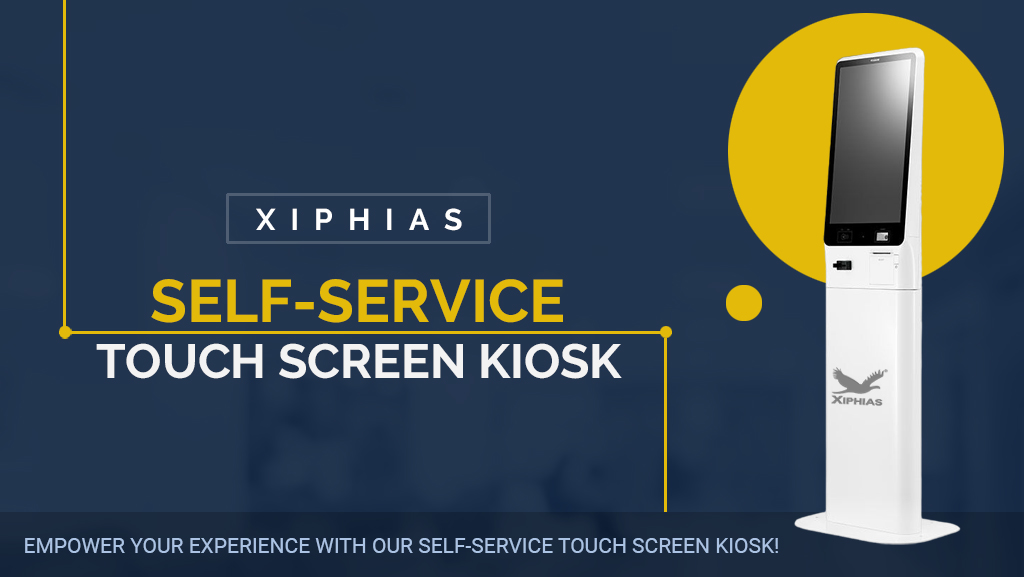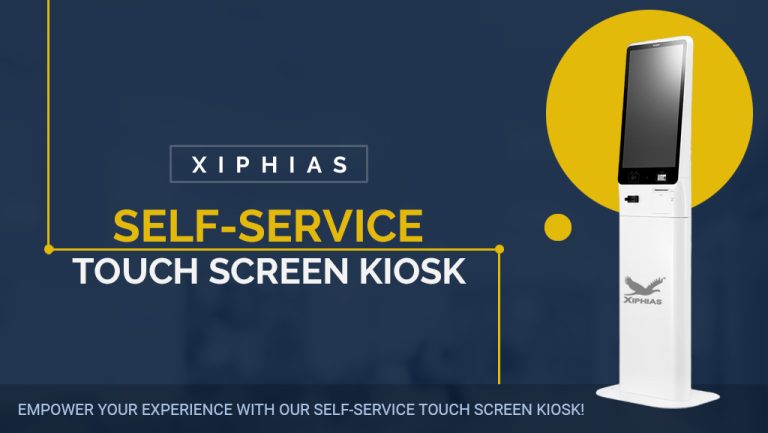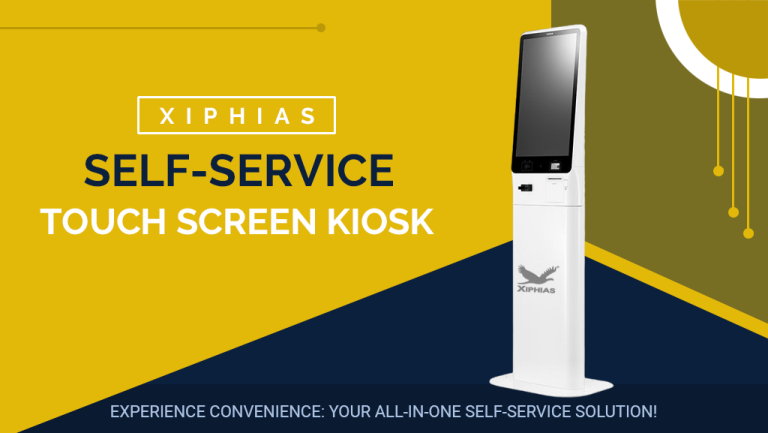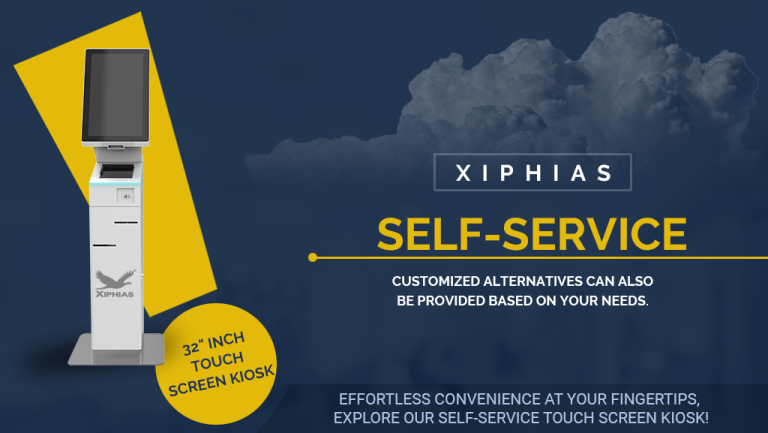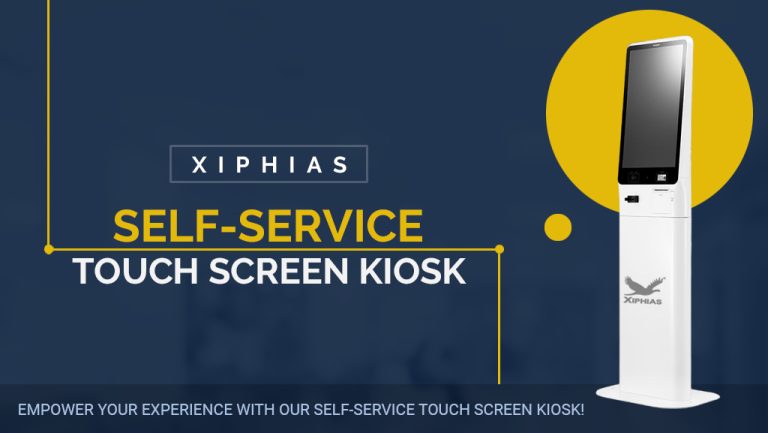Self-Service Kiosks: The Key to Streamlining Operations and Boosting Sales
In today’s fast-paced world, efficiency and convenience are paramount. Businesses across various industries are continually seeking innovative ways to improve their operations and enhance customer experience. One such solution that has gained significant traction is the self-service kiosk. These interactive, user-friendly devices have revolutionized the way businesses operate, offering numerous benefits that ultimately streamline operations and boost sales.
What are Self-Service Kiosks?
Self-service kiosks are automated terminals that allow customers to perform various tasks independently. These tasks include placing orders, making payments, checking in, and obtaining information. Self-service kiosks are equipped with touchscreens, user-friendly interfaces, and secure payment systems. They are commonly found in restaurants, retail stores, airports, hotels, and healthcare facilities.
Advantages of Self-Service Kiosks
Increased Efficiency:
Self-service kiosks significantly reduce wait times by enabling customers to serve themselves. This increased efficiency allows businesses to serve more customers in less time, leading to higher throughput and improved customer satisfaction.
Enhanced Customer Experience:
By providing a convenient and intuitive interface, self-service kiosks enhance the overall customer experience. Customers appreciate the ability to control their transactions, which leads to greater satisfaction and loyalty.
Labor Cost Reduction:
Self-service kiosks can handle many tasks that would typically require human intervention. This automation reduces the need for additional staff, allowing businesses to allocate resources more effectively and reduce labor costs.
Upselling Opportunities:
Self-service kiosks can be programmed to suggest complementary products or upgrades, increasing the average transaction value. This feature helps boost sales by encouraging customers to make additional purchases.
Accurate Order Processing:
Self-service kiosks minimize the risk of human error in order processing. Customers input their orders directly, ensuring accuracy and reducing the likelihood of mistakes.
Data Collection and Analysis:
These kiosks can collect valuable data on customer preferences and behaviors. Businesses can use this data to gain insights and make informed decisions to improve their offerings and operations.
Implementing Self-Service Kiosks
Implementing self-service kiosks involves several steps to ensure a successful rollout. Here’s a guide to help you get started:
Assess Needs and Objectives:
Determine the specific needs and objectives of your business. Identify the tasks that can be automated and the expected benefits of implementing self-service kiosks.
Choose the Right Kiosk Solution:
Select a kiosk solution that aligns with your business requirements. Consider factors such as software compatibility, hardware durability, and user interface design.
Design User-Friendly Interfaces:
Ensure that the kiosk interfaces are intuitive and easy to navigate. A well-designed interface enhances the user experience and encourages adoption.
Integrate with Existing Systems:
Integrate the kiosks with your existing systems, such as point-of-sale (POS) systems, inventory management, and customer relationship management (CRM) software. Seamless integration ensures smooth operations.
Train Staff and Customers:
Provide training to staff and customers on how to use the self-service kiosks effectively. Educate them about the benefits and features to encourage widespread adoption.
Monitor and Maintain:
Regularly monitor the performance of the kiosks and address any technical issues promptly. Routine maintenance ensures that the kiosks remain operational and reliable.
Future Trends in Self-Service Kiosks
The future of self-serve kiosks looks promising, with advancements in technology driving further innovation. Here are some trends to watch for:
Artificial Intelligence (AI):
AI-powered kiosks can offer personalized recommendations based on customer preferences and purchase history. This personalization enhances the customer experience and boosts sales.
Mobile Integration:
Integration with mobile devices allows customers to start transactions on their phones and complete them at the kiosk. This seamless integration enhances convenience and flexibility.
Contactless Payments:
The rise of contactless payment methods, such as NFC and mobile wallets, is making transactions faster and more secure. Self-serve kiosks will continue to support these payment options.
Augmented Reality (AR):
AR technology can provide immersive experiences, such as virtual try-ons for retail or interactive menus for restaurants. This technology enhances engagement and creates memorable customer experiences.
Voice Recognition:
Voice-enabled kiosks can offer hands-free interaction, making the user experience even more convenient. Voice recognition technology is becoming more accurate and reliable.
Conclusion
Self-service kiosks are a game-changer for businesses looking to streamline operations and boost sales. These automated solutions offer numerous benefits, including increased efficiency, enhanced customer experience, reduced labor costs, and valuable data insights. By implementing self-serve kiosks, businesses can stay ahead of the competition and meet the evolving needs of their customers. As technology continues to advance, self-serve kiosks will play an even more significant role in transforming the way businesses operate and interact with their customers. Investing in self-serve kiosks is a strategic move that can drive growth, improve customer satisfaction, and ensure long-term success.

